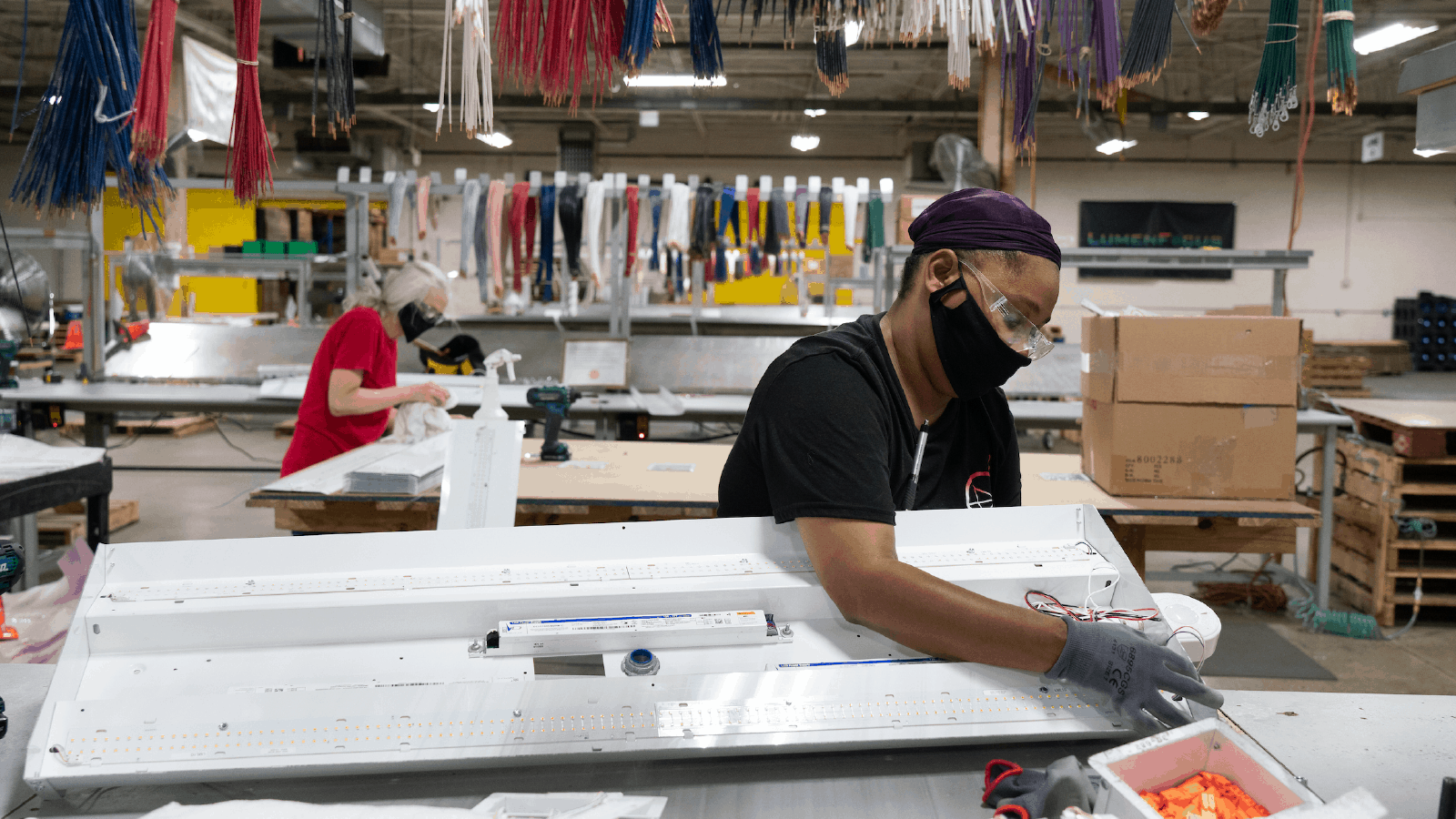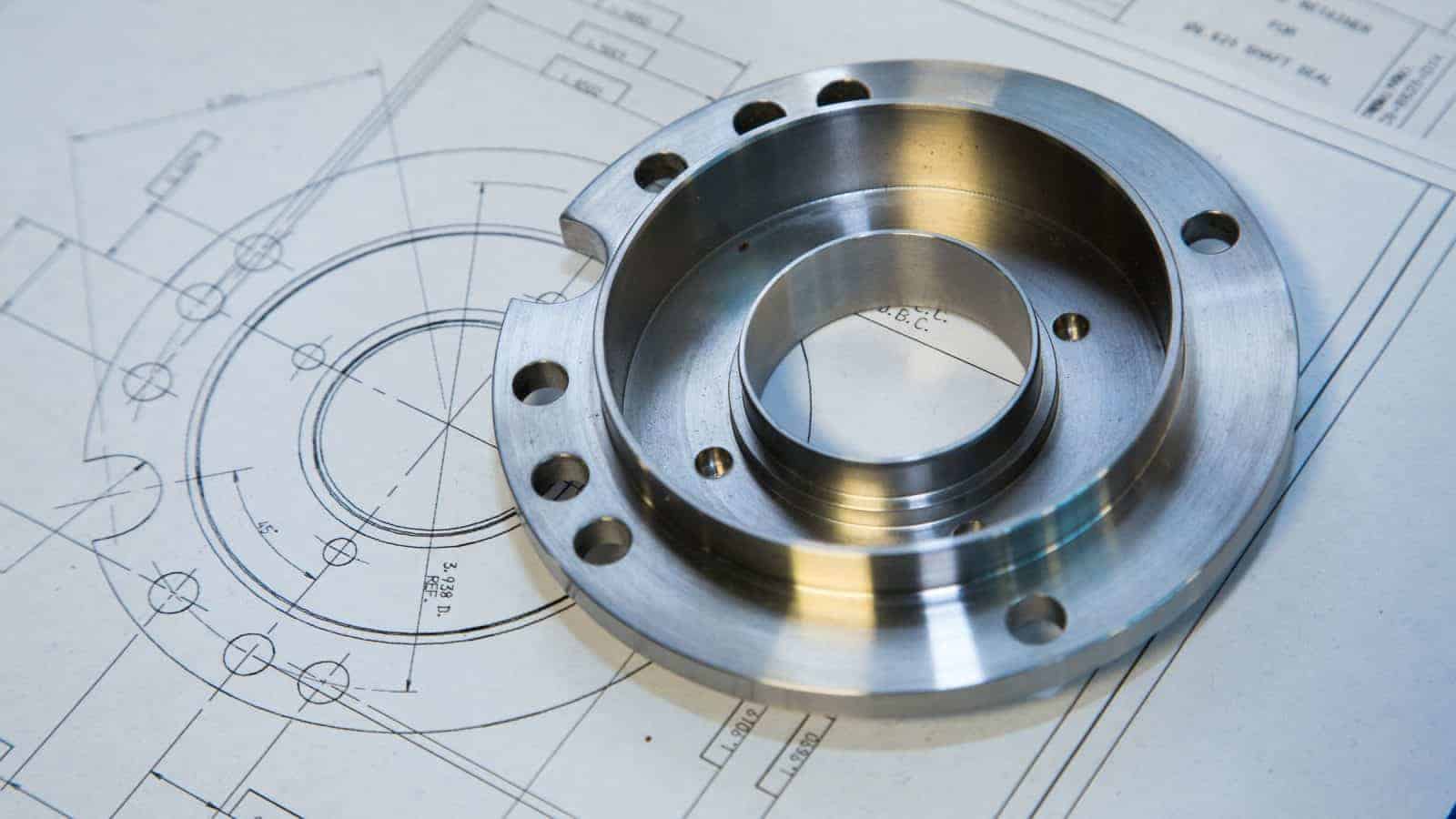NAM Helps Avert Compliance Crisis

Manufacturers across many sectors were surprised in recent weeks by a ban on products containing a chemical called PIP (3:1), which was slated to go into effect after March 8, 2021. Due to the incredibly short compliance window and because PIP has not been regulated elsewhere in the world, it is a major challenge even to identify its potential presence in supply chains.
The sudden ban could have caused significant disruption in the manufacturing industry and snarled the economic recovery, NAM Vice President of Energy and Resources Policy Rachel Jones tells us. Here’s what you need to know.
Why it matters: While there is no PIP chemical manufacturing in the United States, it can be found in a broad array of components that are used in electronics; robotics and manufacturing equipment; gaskets, clamps, tubes, harnesses, cables and casings; and in many other applications for flame retardant purposes. The ban would have a serious impact on manufacturers in the United States, forcing them to scrutinize every component of their supply chains for PIP, rework manufacturing processes and find new materials in an impossibly short timeframe.
The COVID-19 angle: Many of the products that would be impacted by this rule are being used to conduct research into COVID-19, whether that involves an examination of COVID-19 variants or developing, producing, storing and distributing COVID-19 vaccines. If this rule goes forward without being fixed, some of these products could become unavailable at a time when they are needed most.
What we did: The consensus from some experts was that changing the Biden EPA’s approach on this matter was a futile effort. But the NAM pressed forward and asked the EPA to issue a “no action assurance” for downstream manufacturers until the PIP rule can be amended to include a reasonable compliance timeframe. At the same time, the NAM moved forward in court to preserve relief options and to ensure that manufacturers affected by the rule can be made whole.
The results: After the NAM’s intervention, the EPA announced a 180-day “No Action Assurance” and opened a new 60-day comment docket to reexamine the rule. The NAM will continue to work with the EPA to find a reasonable approach that supports manufacturers and upholds critical standards.
The last word: Jones says, “When manufacturers are willing to speak up on challenging issues, we can solve complex problems. I have zero doubt that EPA’s extraordinary action was in response to our work with many NAM members and collaborative solutions-focused advocacy. While we celebrate this important interim victory, it is only a 180-day window of relief and manufacturers need more time.”
